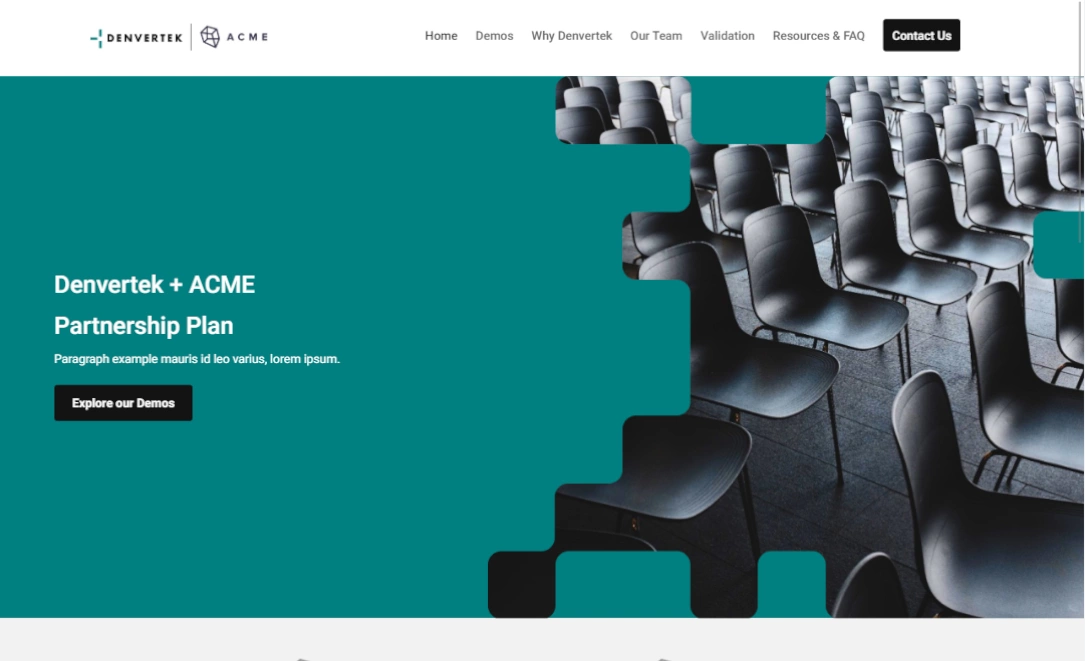If you’re aspiring to equip your sales team with the tools, resources, and information they need to succeed, then it’s time to consider creating a targeted sales enablement strategy. Sales enablement — the process of training your sales reps — can encompass a wide range of approaches, from coaching and courses to special events.
There’s a lot of research that suggests that implementing the right kind of sales enablement process can lead to a variety of impressive benefits, from higher close rates to personalized buyer experiences that improve the customer-business relationship. In this guide, we’ll outline the sales enablement process from start to finish. Once you have a clear understanding of the essential components of sales enablement, you’ll be ready to start creating and implementing your own strategy!
Understanding the sales enablement function and framework
Before diving into the sales enablement process itself, it’s important to understand its function and framework. Understanding who is involved and why can be invaluable as you work to apply the principles of sales enablement to your own team.
You can check out our deep dive into sales enablement here, but there are three main questions to answer that can give a high-level overview of a sales enablement process:
Who is involved in sales enablement strategy?
In the broadest sense, sales enablement is for businesses of any size, not just large corporations. More specifically, though, sales enablement is under the purview of the sales and marketing departments. While marketing might be in charge of training the sales department, the Head of Sales is responsible for making sure the program is put into practice.
Structurally, the sales enablement team can incorporate developers, analysts, and marketing executives, but depending on the size of the organization it may be even more cross-functional. The framework can involve customer service, product, legal, and even human resources.
That said, while it can be helpful to have a dedicated sales enablement team, it’s not absolutely necessary to the success of the sales enablement process. It will depend greatly on each company’s specific staffing capabilities and overall needs.
What does sales enablement do?
Sales enablement is all about bringing the sales team up to speed with the aim of boosting overall performance and thus revenue for the company. Applying a range of techniques such as onsite training and online classes, sales enablement helps keep reps up-to-date in their training, as well as to stay abreast of the latest developments in sales strategies.
Sales enablement also places emphasis on technology as a tool that can help reps to sell smarter – with often impressive results. Research presented by The Sales Management Association found that “on average, firms that use technology effectively were 57% more effective at sales training and development” than those who don’t.
While that’s a piece of it, the overall benefits of implementing a sales enablement process at your organization are myriad. Aside from those we’ve already covered, sales enablement can help improve customer retention by ensuring they get better service. It can also streamline processes making the sales and marketing teams much more efficient, and help these teams to work in better alignment. In fact, it can help the entire company get on the same page, which might even improve overall morale in the workplace as a whole.
What are some sales enablement tools that can help me?
As the sales and marketing teams implement a sales enablement process, there are plenty of tools and software that can help them, too. What is a sales enablement software solution? Simple — it’s software designed to help connect content, marketing, and sales cycles. This can include everything from performance trackers to customizable campaign launchers.
Here are a few of our favorite tools and how they can help:
- Salesforce: Salesforce is a comprehensive customer relationship manager (CRM) with plenty of built-in sales enablement features such as sales performance analytics and in-app prompts and walkthroughs to guide reps through various tasks.
- Dialpad Ai Sales: Dialpad Ai Sales is a unified platform for internal and external communications, which makes it easier for reps to share info with other teams and their clients. And because Dialpad uses AI, it can even transcribe those calls while they’re happening!
- Zoomforth: Zoomforth is one of the premier hosting solutions available and it’s a great place to host the custom content needed for various aspects of sales enablement strategies.
4 steps followed by most sales enablement processes
Now that we’ve outlined the form and function of sales enablement, and explored a few tools that can help you get started with a sales enablement process, it’s time to dive into the process.
Step 1: Identify target personas
Having access to a robust buyer persona for your sales enablement process is crucial. While many other aspects of business might include buyer personas or ideal customer profiles, the question you need to ask is: are those personas or profiles optimized for your sales team? If the answer is no, they might not be as effective as they have the potential to be.
When it comes to sales enablement, you’ll want to speak directly with sales reps because they’re the ones communicating directly with the customers. Gain insight from their expertise to build a persona just for them that they’ll not only use but find effective in improving the sales cycle.
Step 2: Understand the buyer journey
The buyer’s journey is the process a customer goes through when making a purchase. This includes everything from the questions they ask themselves to determine what they need and what they want the moment they decide to buy. A great way to think about it is “the sales funnel from the buyer’s perspective”.
Without this information, the sales team can’t be as effective as possible. They need to know what customers go through in order to fully understand where they can provide value in that journey. Once the buyer’s journey is understood, it’s easier to spot gaps in your sales enablement process; for instance customer questions going unanswered or frustrating aspects of the purchase process, such as bottlenecks.
The only way to craft solutions for these things is to understand where buyers are coming from first.
Step 3: Customize marketing content
As with so many aspects of sales, customization is key. With sales enablement, you’ll want to customize marketing content to each buyer persona and each part of the sales cycle. Thinking of it this way allows each piece of content to contain the nuance essential to lead buyers to a decision to purchase. Breaking the cycle down into awareness, consideration, and decision will help differentiate the content being created.
Each person is likely to approach each of these stages differently and each stage will require different kinds of content. That content can include microsites and infographics in the awareness stage, white papers and ebooks in the consideration stage, and demos in the decision stage. By being more specific, you may be able to increase your chances of conversion.
Step 4: Align your teams to improve communication
Sales enablement processes don’t rest with sales reps alone — a successful sales enablement process relies on interdepartmental alignment. What ties each disparate portion of the business together in sales enablement is the focus on the customer.
Marketing and product teams can learn a lot of valuable info from the sales reps, who speak directly with the customers and prospective buyers. Customer service teams will have tons of important feedback on how to improve or expand processes. Marketing teams can share what information or RTBs seem to be resonating the most with audiences.
The way all of this information comes together and is shared between teams is what makes sales enablement so useful.
Put your sales enablement strategy into action today with Zoomforth
Zoomforth is a leader in the world of microsite creation and hosting, making it one of the best ways you can get your sales enablement process off the ground.
Every Zoomforth site has real-time analytics, giving you a wealth of data to study. This means you’ll be on your way to optimizing your campaigns in no time. Don’t wait — request a demo today.



